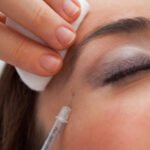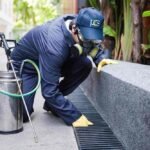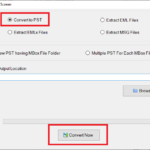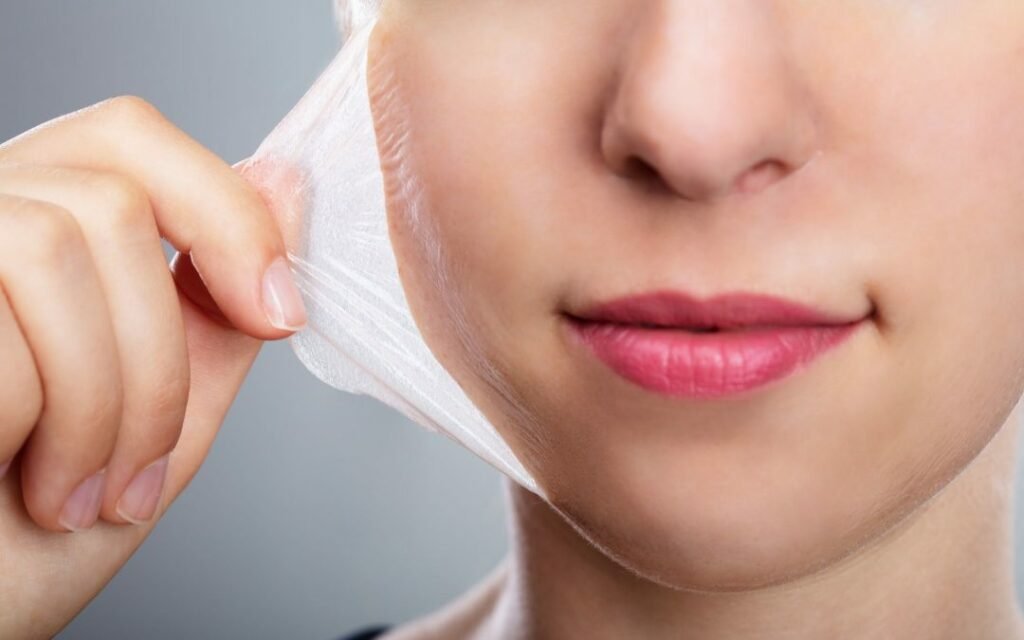Glycolic peels are a popular type of chemical peel used in dermatology and cosmetic treatments to improve skin texture and appearance. They involve the application of glycolic acid, an alpha hydroxy acid (AHA) derived from sugar cane, to exfoliate the skin.
What Are Glycolic Peels?
1. Definition:
- Glycolic peels use glycolic acid to remove the outermost layer of dead skin cells, promoting new cell growth and revealing fresher, more radiant skin underneath.
2. Concentration:
- The concentration of glycolic acid in peels can vary, typically ranging from 20% to 70%. Higher concentrations are used in professional settings, while lower concentrations are available in over-the-counter products.
Benefits of Glycolic Peels
1. Exfoliation:
- Cell Turnover: Glycolic acid helps accelerate the natural exfoliation process, encouraging the shedding of dead skin cells and the production of new cells.
- Smoother Skin: Regular use of glycolic peels in Riyadh can result in smoother, more even-textured skin.
2. Acne and Acne Scars:
- Reduction in Acne: Glycolic peels can help reduce acne breakouts by unclogging pores and preventing the formation of new pimples.
- Scarring: They can also help diminish the appearance of acne scars over time by promoting skin regeneration.
3. Hyperpigmentation:
- Dark Spots: Glycolic peels are effective in treating hyperpigmentation, such as age spots, sun spots, and melasma, by breaking down excess melanin in the skin.
- Even Skin Tone: With regular use, they can lead to a more even skin tone and reduced discoloration.
4. Fine Lines and Wrinkles:
- Anti-Aging: Glycolic acid stimulates collagen production, which can help reduce the appearance of fine lines and wrinkles, giving the skin a more youthful appearance.
5. Improved Skin Hydration:
- Moisture Retention: By removing dead skin cells, glycolic peels improve the skin’s ability to retain moisture, resulting in more hydrated and plump skin.
The Glycolic Peel Procedure
1. Pre-Treatment:
- Consultation: A thorough consultation with a dermatologist or skincare professional to assess skin type and determine the appropriate concentration of glycolic acid.
- Preparation: Patients may be advised to stop using certain skincare products, such as retinoids or exfoliants, a few days before the peel.
2. Application:
- Cleansing: The skin is thoroughly cleansed to remove any makeup, oil, or impurities.
- Acid Application: Glycolic acid is applied to the skin using a brush or cotton pad. The duration of the application varies depending on the concentration and desired depth of the peel.
- Neutralization: After the desired time, the glycolic acid is neutralized with a neutralizing solution to stop the exfoliation process.
3. Post-Treatment Care:
- Soothing and Moisturizing: A soothing moisturizer and sunscreen are applied to protect the skin and aid in healing.
- Sun Protection: It is crucial to avoid direct sun exposure and use a broad-spectrum sunscreen daily to protect the newly revealed skin.
Recovery and Side Effects
1. Recovery Time:
- Mild Peels: Recovery from mild glycolic peels typically involves minimal downtime, with slight redness and peeling that resolves within a few days.
- Deeper Peels: Higher concentration peels may require a longer recovery period, with more noticeable redness, peeling, and sensitivity lasting up to a week.
2. Potential Side Effects:
- Redness and Irritation: Temporary redness and mild irritation are common, especially after higher concentration peels.
- Peeling and Flaking: Peeling and flaking of the skin are expected as the dead skin cells shed.
- Sensitivity: Increased sensitivity to sunlight and potential for hyperpigmentation if proper sun protection is not used.
Who Should Avoid Glycolic Peels?
1. Sensitive Skin:
- Individuals with very sensitive skin may experience excessive irritation and should approach glycolic peels with caution.
2. Active Skin Infections:
- Those with active skin infections, open wounds, or cold sores should avoid glycolic peels until the skin is fully healed.
3. Recent Cosmetic Procedures:
- If you’ve recently undergone other cosmetic procedures, such as laser treatments or other chemical peels, it’s best to wait until the skin has completely recovered before having a glycolic peel.
Conclusion
Glycolic peels are a versatile and effective treatment for various skin concerns, including acne, hyperpigmentation, and signs of aging. They offer significant benefits by promoting exfoliation and skin renewal. Consulting with a qualified skincare professional to determine the appropriate concentration and frequency of glycolic peels is essential for achieving the best results while minimizing potential side effects. With proper care and sun protection, glycolic peels can help you achieve smoother, more radiant, and youthful-looking skin.



































![Detailed Guide to Yamunotri: The First Dham [Complete Travel Guide] 34 Detailed Guide to Yamunotri: The First Dham [Complete Travel Guide]](https://guest-post.org/wp-content/uploads/2024/07/Char-Dham-150x150.png)









